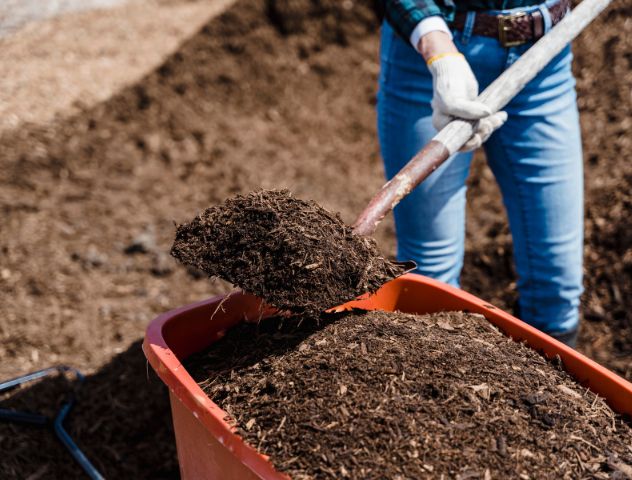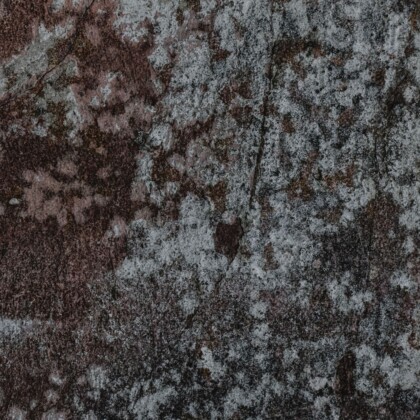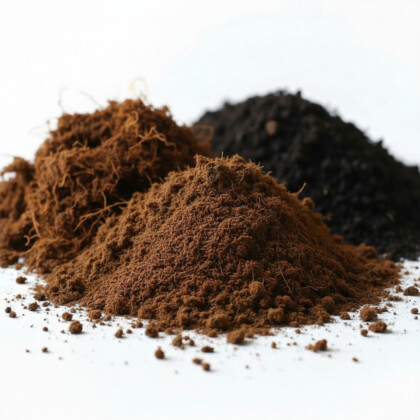

Peat moss is widely used in poultry farming, prized for its excellent absorbent qualities and its ability to maintain a clean and dry environment in coops. But did you know that once its job in the coop is done, peat moss can be repurposed into a valuable soil amendment? Transforming used peat moss bedding into nutrient-rich compost is an eco-friendly way to enhance soil health and support sustainable gardening practices.
Explore our animal bedding page for additional product options.
Why Peat Moss Bedding Works Best for Poultry Coops
Peat moss is becoming a go-to choice for animal enclosures, especially chicken coops, because:
- Superior Absorption: It’s highly effective at controlling moisture and keeping spaces dry and odor-free.
- Comfort and Insulation: The soft texture provides a warm, cozy bedding material.
- Natural Compostability: Peat moss breaks down easily, making it eco-friendly and ideal for composting.
Peat moss is also well-suited for turning into compost. It decomposes quickly and retains key nutrients like nitrogen and phosphorus, making it perfect for nutrient recycling. For more insights, check out our Eco-Friendly Bedding for Poultry: Why Peat Moss Stands Out.
From Coop Waste to Fertilizer: Key Benefits of Composting Bedding
When peat moss bedding is ready to be replaced, don’t throw it out—repurpose it! By composting used bedding, you unlock:
- A Natural Nutrient Boost: The bedding, now mixed with droppings and organic material, provides essential nutrients like potassium and phosphorus.
- Improved Soil Health: Composting encourages beneficial microbes that enhance soil structure.
- Simplified Composting: Peat moss blends easily with other materials, ensuring efficient decomposition.
- Soil pH Balance: Using peat moss-based compost can help maintain a neutral pH, suitable for many types of plants.
- Depleted Soil Restoration: Nutrient-rich compost helps restore the fertility of nutrient-poor soil without the need for complete replacement.
Step-by-Step Guide: How to Compost Peat Moss Bedding
Gather Materials
Collect all soiled peat moss bedding along with animal droppings and organic waste, ensuring it is free from non-compostable debris.
Create Layers
Create a compost pile by layering the used bedding with carbon-rich materials like dried leaves, straw, or wood chips, garden waste or food scraps.
Aim for a ratio of 2:1 (two parts carbon materials to one part bedding).
Aerate Often
Turn the pile every two to three weeks to promote aeration and speed up the decomposition process.
Monitor Moisture
The compost pile should be moist but not waterlogged. If it feels too dry, add a little water.
Add Boosters
Adding small amounts of organic enhancers can accelerate decomposition and improve nutrient content.
Let It Rest and Use
Allow 2-3 months for the compost to fully mature, making it safe and ready to use in the garden.
The result should be a dark, crumbly material with an earthy smell—a sign that it’s ready to use.
How to Use Peat Moss Compost in the Garden
After the compost is ready, consider these applications:
- Garden Beds: Mix it into soil for a steady nutrient release.
- Flower Gardens: Top dress around flowers to encourage lush blooms.
- Lawns: Apply a thin layer over grass for a greener, healthier lawn.
- Depleted Soils: Incorporate into nutrient-poor soils to revitalize fertility and reduce the need for chemical fertilizers.
For best composting practices, check out EPA’s Composting Guide.
Why Composting Peat Moss Bedding is Sustainable
Repurposing used peat moss not only supports sustainable gardening but also offers economic benefits. By turning waste into a resource, gardeners can reduce reliance on commercial fertilizers and make the most of their materials. Additionally, this practice helps lower the environmental footprint of poultry farming by recycling organic matter.
From coop to garden, the journey of peat moss bedding illustrates how waste can be transformed into wealth. By composting and repurposing this versatile material, gardeners and farmers alike can contribute to a greener, more sustainable future while enriching their soils with high-quality nutrients.
Next time you clean out the coop, consider the potential hidden in that used peat moss—your garden will thank you!
Key Takeaways
Peat moss bedding is absorbent, eco-friendly, and compostable.
Composting requires layering, aerating, and monitoring for proper decomposition.
Finished compost improves soil health, promotes plant growth, and restores depleted soils, eliminating the need for complete soil replacement.
A sustainable gardening practice that reduces waste and minimizes chemical use, and lowers the environmental footprint of poultry farming.


